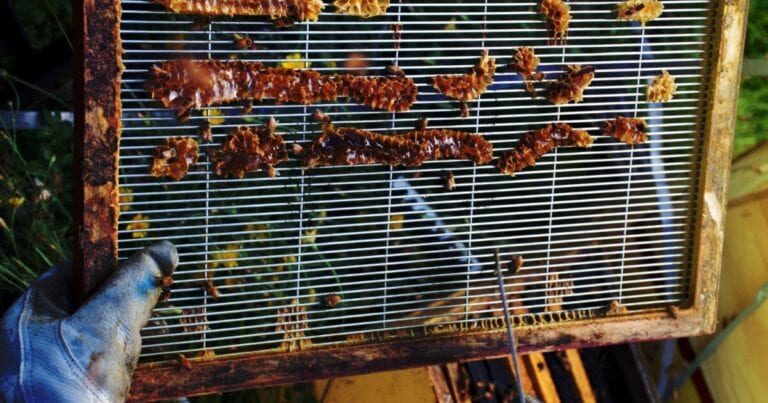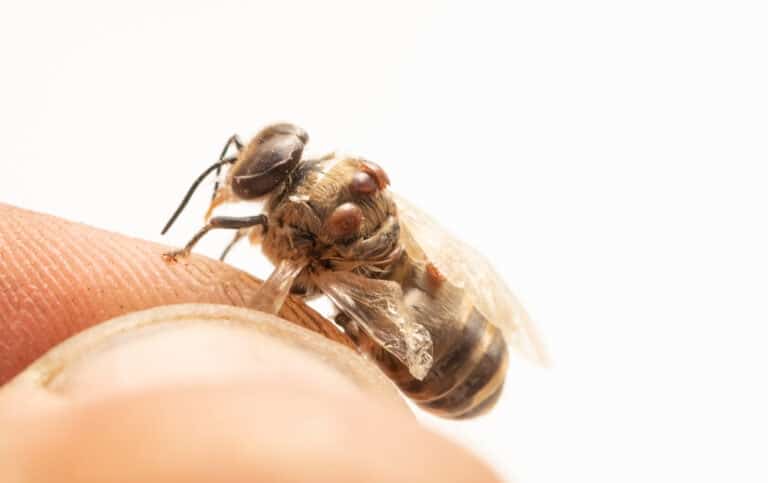Bees: The Vital Pollinators
Bees: The Vital Pollinators Pollination is a fertilisation process in which pollen—a powdery substance found on flowers, the male “sperm” of seed plants—is transported to…
Bees: The Vital Pollinators
Pollination is a fertilisation process in which pollen—a powdery substance found on flowers, the male “sperm” of seed plants—is transported to the female reproductive organs of another plant. For seed plants to pass their genetic information on to the next generation, the process of pollination is vital. For this to be successful, pollination requiring a pollen grain, produced by the anther, or male part of the flower, being transferred to a stigma, or female part of the flower of the same species.
There are instances where the process of pollination occurs without the meditation of other organisms. This is known as “abiotic pollination” and occurs most commonly by the pollen being transported in the wind. When a minute portion of pollen lands on a suitably receptive stigma, pollination can occur, with the rest of the pollen being blown into the environment. However, this is a very imprecise method, and it is far more common for animal-contributors to assist the process. This assisted method is defined as “biotic pollination”.
Biotic pollination requires organisms to carry, or move, pollen grains from the anther of one flower to the receptive stigma of another. Most of these pollinators are insects, with the study of pollination by insects known as anthecology. However, about 1,500 other species have been reported to visit flowers and potentially transfer pollen between them. Most usually these are birds and bats, but monkeys, lemurs, squirrels, rodents and possums have also been known to contribute to this process.
However, it is the bee – in particular, the European honey bee – that is considered the most important pollinator for agricultural crops worldwide. Bees are great pollinators, as the hairs all over their tiny bodies attract pollen grains through electrostatic forces. As described in The Anatomy of the Bee, stiff hairs on their legs enable them to groom the pollen into special pollen sacs on their legs or body, and then carry it back to their nest or hive.
In addition to their anatomical advantage, individual bees commonly focus on one type of flower at a time, which means it is more likely that pollen from one flower will be transferred to another flower of the same species by a particular bee. Many plants require this kind of pollen distribution, known as cross-pollination, in order to produce viable seeds.
This process makes bees one, if not the most, vital species to exist on the planet. As bees pollinate 80% of flowering plants on Earth – with a single colony able to pollinate an astonishing 300 million flowers every day – bees are the major contributor to the natural floral landscape as we know it. In turn, this makes them very important for humans, as bees pollinate 70 of the top 100 food crops, with fruits such as avocados, apples and cherries being 90% dependent on bee pollination. These astonishing statistics evidence just how vital it is to protect bee colonies, as their pollinating powers make them a key component in both human and animal survival.




